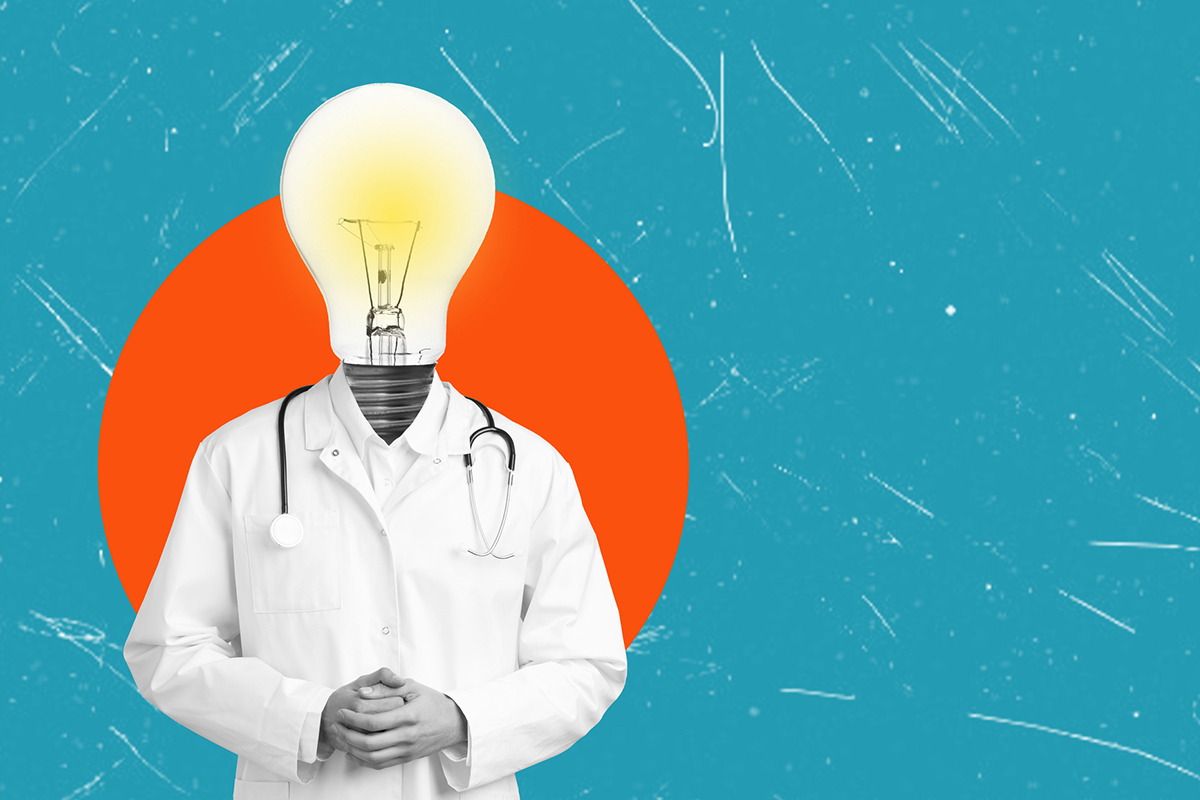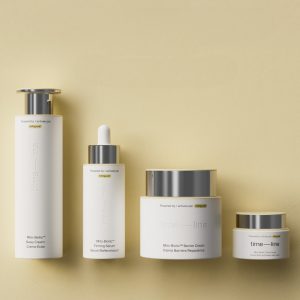In my article two weeks ago, I shared some recent “breakthrough” treatments that give me pause. These headline-making treatments promise relief from one malady or another, often at high expense or with an array of harrowing side effects. Some have shown marginal efficacy, and in many cases, diet and lifestyle recommendations can provide simpler natural fixes. Do we really need these or are they just enriching Big Pharma and orthodox medicine at our expense?
Here are some additional offerings to those I shared in the last installment:
Pricey new cancer drugs that barely extend survival: As with Alzheimer’s “cures”, there’s a big push to satisfy the demand for more effective cancer drugs. We’re making some progress in early detection of certain cancers; better treatment of early, localized cancer has improved survival rates.
But metastatic cancer, which has spread from its original site to other parts of the body, remains a challenge. Once invariably a death sentence, innovative new immunotherapies with monoclonal antibodies, checkpoint inhibitors, antibody-drug conjugates, and other technologies offer hope to patients with advanced cancer. Patients are clamoring for them, and the financial incentives are enormous for oncology drug developers.
Despite wide-scale deployment of pricey drugs, according to a 2022 review in JAMA, “The US has worse cancer-related outcomes than other high-income countries while bearing the highest cost of cancer care in the world.”
JAMA reports:
“Across all tumor types, the median annual cost for a course of an oncology drug was $196 000 ($170 000-$277 000) . . . there was only a weak correlation between cost and the magnitude of the response rate gain.”
The key dissimulation is “response rate”. Trials for approval of cancer drugs often rely on response rate as a measure of efficacy. Regardless of whether patients eventually succumb to their cancers, shrinkage of cancer and/or prolongation of life, even if it’s a matter of just a few months, count as success. Quality of life is an ancillary consideration, but side effects matter if you’re the one languishing uncomfortably with no hope for eventual cure.
For example, Tarceva, used for advanced lung cancer, lists the following side effects:
- sudden chest pain or discomfort, wheezing, dry cough, feeling short of breath;
- severe stomach pain, fever, chills, coughing up blood;
- severe ongoing nausea, vomiting, or diarrhea;
- eye pain or irritation, vision problems;
- heart attack symptoms – chest pain or pressure, pain spreading to your jaw or shoulder, nausea, sweating;
- signs of a stroke – sudden numbness or weakness (especially on one side of the body), sudden severe headache, slurred speech, problems with vision or balance; or
- kidney or liver problems
Median overall survival rates with Tarceva were 6.7 months vs. 4.7 months with placebo.
The cost for a course of treatment of Tarceva was $94,000 per year, according to an LA Times article. Its use was curtailed after it was discovered that only a small percentage of patients—those with a unique gene mutation—benefited.
A 2015 review disclosed that cancer drugs in the U.S. cost up to 6,000% of production cost.
A recent JAMA analysis calls attention to the problem of overhyped cancer therapies:
“In this cohort study of 298 RCTs [randomized controlled trials], progression-free survival was the predominant end point of oncology RCTs, and median survival gains remain modest. Almost all RCTs are now funded by industry; this is accompanied by a substantial increase in use of professional medical writers . . . The oncology community needs to consider new approaches to study design to ensure that treatments offer important benefits to patients; parallel to this, the current funding model for cancer clinical trials requires urgent attention.”
I certainly don’t fault patients and families for their decision to “go for it” with expensive drugs, even when their long-term efficacy is limited. For oncologists, this moment offers a “learning curve” to enable these drugs to be field-tested so as to be better deployed in an ideal future where cancer may become a chronic, manageable disease. But aside from skyrocketing insurance costs and the toll on taxpayers, is it fair for patients to be subject to medical bankruptcy and debilitating side effects for a few months of borrowed time in unrealistic expectation of a miracle?
Dodgy devices: While drugs are strictly regulated by the FDA, devices are approved on a far less stringent basis. These include heart valves, artificial joints, pacemakers, and cosmetic silicone implants.
I covered this story on a recent Intelligent Medicine podcast episode when I interviewed Jeanne Lenzer about her book, “The Danger Within Us: America’s Untested, Unregulated Medical Device Industry and One Man’s Battle to Survive It”.
Among her revelations is that devices can be approved, not on their own merits, but on the sketchy basis of comparability to previously approved devices. This leads medical hardware manufacturers to audaciously piggyback approval submissions based on “grandfathered” antecedents.
An example of a device that has garnered controversy is the “Watchman”, an implantable gizmo that promises an alternative to blood-thinners for patients with atrial fibrillation. This seems an admirable advance, considering the risk of dangerous bleeding for the millions of atrial fibrillation sufferers consigned to years of risky anti-coagulant use. The Watchman has been hailed as “a new era for stroke prophylaxis . . . a good alternative to long-term oral anticoagulation.”
The Watchman has even been advertised on TV: “Ask your doctor about this new alternative for stroke prevention . . .”
But there are risks associated with implanting the Watchman:
- A buildup of fluid around the heart (cardiac tamponade)
- Puncture of the heart wall
- Blood clots
- Stroke
- Infection
- Allergy to the materials
- Air embolism (a bubble in the brain)
By some estimates, the death rate for the Watchman procedure may be as high as 0.4%—that’s nearly 1 in 200. Therefore, its use is limited to those at very high risk of bleeding from blood thinners, or who have a record of poor compliance with taking their meds.
But the Watchman’s applicability may be curtailed with the expected introduction of novel Factor XI inhibitor anti-clotting drugs that protect against strokes with minimal risk of bleeding.
That could make the Watchman another “breakthrough” that we don’t really need.
In related news, the New York Times reports:
“A troubled heart pump that has now been linked to 49 deaths and dozens of injuries worldwide will be allowed to remain in use, despite the Food and Drug Administration’s decision to issue an alert about the risk that it could puncture a wall of the heart.”
It was revealed that another recently approved device, the “TriClip”, designed to treat leakage from the heart’s tricuspid valve, was greenlighted by an FDA advisory panel that included ten physician reviewers with significant financial ties to the device maker, Abbott.
KFF Health News reports some drawbacks of this “breakthrough” device:
“ . . . patients treated with TriClip had ‘numerically higher’ mortality and heart failure hospitalization rates during the 12 months after the procedure compared with a control group . . .”
Lifetime cholesterol reduction: It’s believed by some that large scale deployment of cholesterol lowering drugs, started early and maintained over a lifetime, could virtually eradicate cardiovascular disease.
Barriers include the enormous cost of these drugs, their tolerability, and spotty compliance.
Voilá! Ingenious Pharma bros have come up with an answer: A permanent fix that, once administered, lowers cholesterol over an entire lifetime.
“A single infusion of a gene-editing medicine may control inherited high LDL cholesterol” heralds a press release from the American Heart Association. Study author Andrew M. Bellinger, M.D., Ph.D., chief scientific officer at Verve Therapeutics in Boston, exults:
“Instead of daily pills or intermittent injections over decades to lower bad cholesterol, this study reveals the potential for a new treatment option – a single-course therapy that may lead to deep LDL-C lowering for decades.”
The innovation harnesses CRISPR gene-editing, a breakthrough technology that is being leveraged against hereditary diseases and even cancer.
Price may pose an obstacle: the first and only CRISPR therapy, newly approved for sickle cell disease, will cost 2.2 million dollars.
The cholesterol-fix developers don’t yet envision its use for the average person; they propose to limit its application to the estimated 1 in 200 individuals with familial hyperlipidemia, in whom cholesterol is sky-high.
Do the math: In a country of 300 million, that adds up to a million and a half candidates. And with inevitable “diagnosis creep”, millions more might be corralled into irreversible one-time lipid neutering.
What could possibly go wrong with obliterating cholesterol, the essential precursor to the body’s steroid hormones, including estrogen, progesterone, testosterone, cortisol and vitamin D?
Using CRISPR for cholesterol seems a bridge-too-far; if only gene-editing could help me attain my lifetime dream of dancing like Gene Kelly—now THAT would be something!






